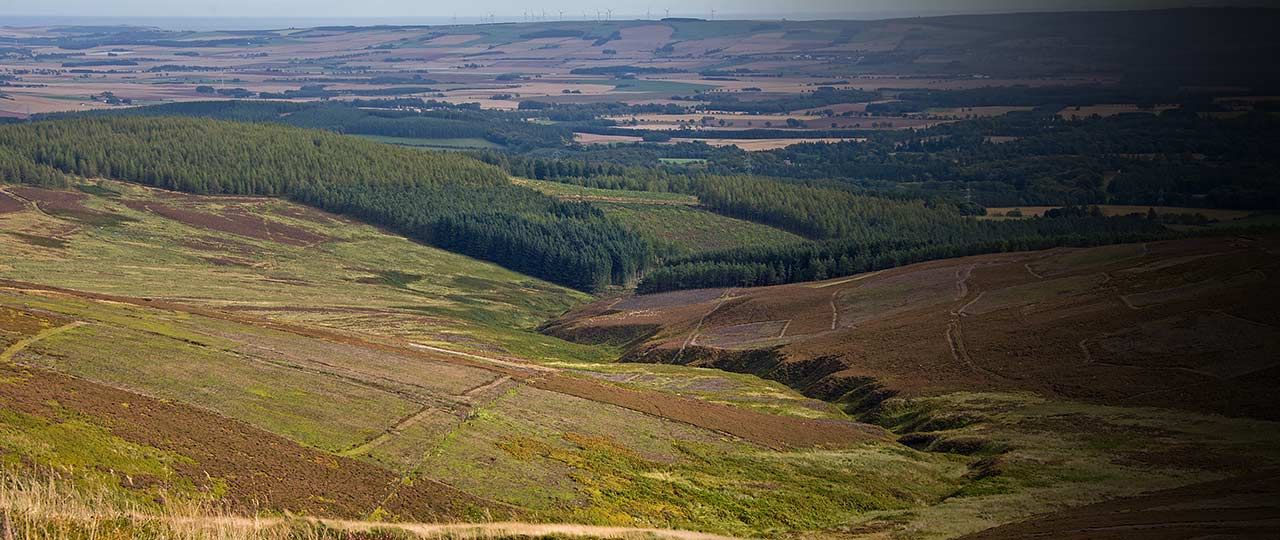
House prices in Aberdeen, Britain’s oil hub on Scotland’s north east coast, have fallen by up to 20% over the past three years as the North Sea energy industry slumped; falling property prices consequently rippled out through Aberdeenshire and the north east. But this is about to change.
After three years of decline, the property market is showing subtle signs of recovery. We weigh up the figures and what it means for house prices across Aberdeenshire.
The 2008 recession had little or no effect on Aberdeenshire’s property market and in 2014 it was even reported that the area had the highest concentration of millionaires in the UK. According to Strutt & Parker Partner, David Strang Steel, property prices have suffered an 18-20% drop in the last three years.
Transactions halved in the market above £400,000, and the number of £1 million-plus homes changing hands per quarter dropped from 29 during the year ending September 2014 to less than 10 during the year ending September 2017.
Things are on the up
However, market activity in the second half of 2017 indicates that the market is picking up again ever so slightly.
Aberdeen and Aberdeenshire residential transactions increased by 7% compared to 2016 – the first increase since the second quarter of 2014. The average sale price in Aberdeenshire rose by around 3%, nearly double the Scottish average, from £209,747 to £216,110. The overall value of the market in Aberdeenshire rose by 5.3% to £238,753,971. David predicts that this upward trajectory will continue, with prices rising by 5% in 2018 and significantly more in 2019.
So what’s changed in Aberdeenshire?
Aberdeenshire is an attractive choice for investors, residents and workers due to its transport links, a thriving cultural scene and opportunities from expansion in the engineering, science and software sectors.
Figures from the National Records of Scotland show that the north east’s population is also expected to grow by a further 24% by 2039 – the largest rise of any city in Scotland. And migration figures are on the up, bucking previous trends, with more people now seeking to live and work in the north east.
Oil prices are also rising: an increase of 45% in 2016
(the biggest annual gain since 2009) and a further 20% in 2017. This is having a ripple effect as confidence in people’s jobs is returning, meaning they’re happy to start buying houses again.
The growth in transactions reflects this mounting confidence and property prices are gradually rising as a result of increased demand.
What does this mean for the local housing market?
Buyers continue to be attracted by the lifestyle, beaches, golf courses, castles, royal associations and whisky distilleries of the north east. It is a wonderful place to live and work.
In addition, a strengthening oil industry and growing confidence in the north-east economy, infrastructure developments such as the Aberdeen Western Peripheral Route (AWPR) due to complete this year, the dualling of the A96 and a new station at Kintore in Aberdeenshire are all contributing, or will contribute, to economic growth in the area.
David says there is a positive change in sentiment in the north-east and that it is an increasingly attractive time to seize the opportunity and buy a house in the area.
If you’re considering a new home or investment in or the north east, we have a number of fantastic properties for sale in the area, take a look.
